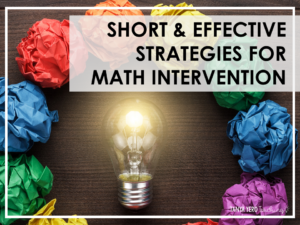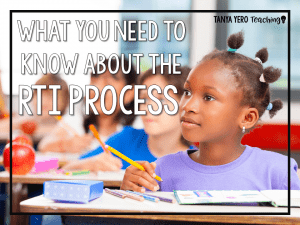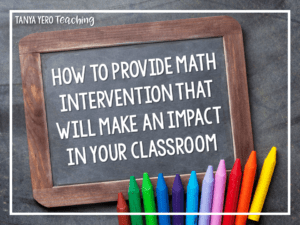
Short and Effective Strategies for Math Intervention
Ensuring that all students achieve the same level of success in one school year is no easy feat. Our students come to us at all

Ensuring that all students achieve the same level of success in one school year is no easy feat. Our students come to us at all
Welcome back math teachers to Part 3 of my RTI math series! In Part 1 we went over general RTI info and procedures. In Part

One of the most powerful lessons I learned as a teacher was found in a story about a fly. This fly buzzed into a room

Every classroom has a range of ability. As teachers we target those different levels of ability to maximize student development. In the past I have
COPYRIGHT © 2019 — TANYA YERO TEACHING • ALL RIGHTS RESERVED • SITE BY LAINE SUTHERLAND DESIGNS
This website uses cookies to ensure you get the best experience on our website.
See full disclosure here.
This website uses cookies to ensure you get the best experience on our website. See full disclosure here.